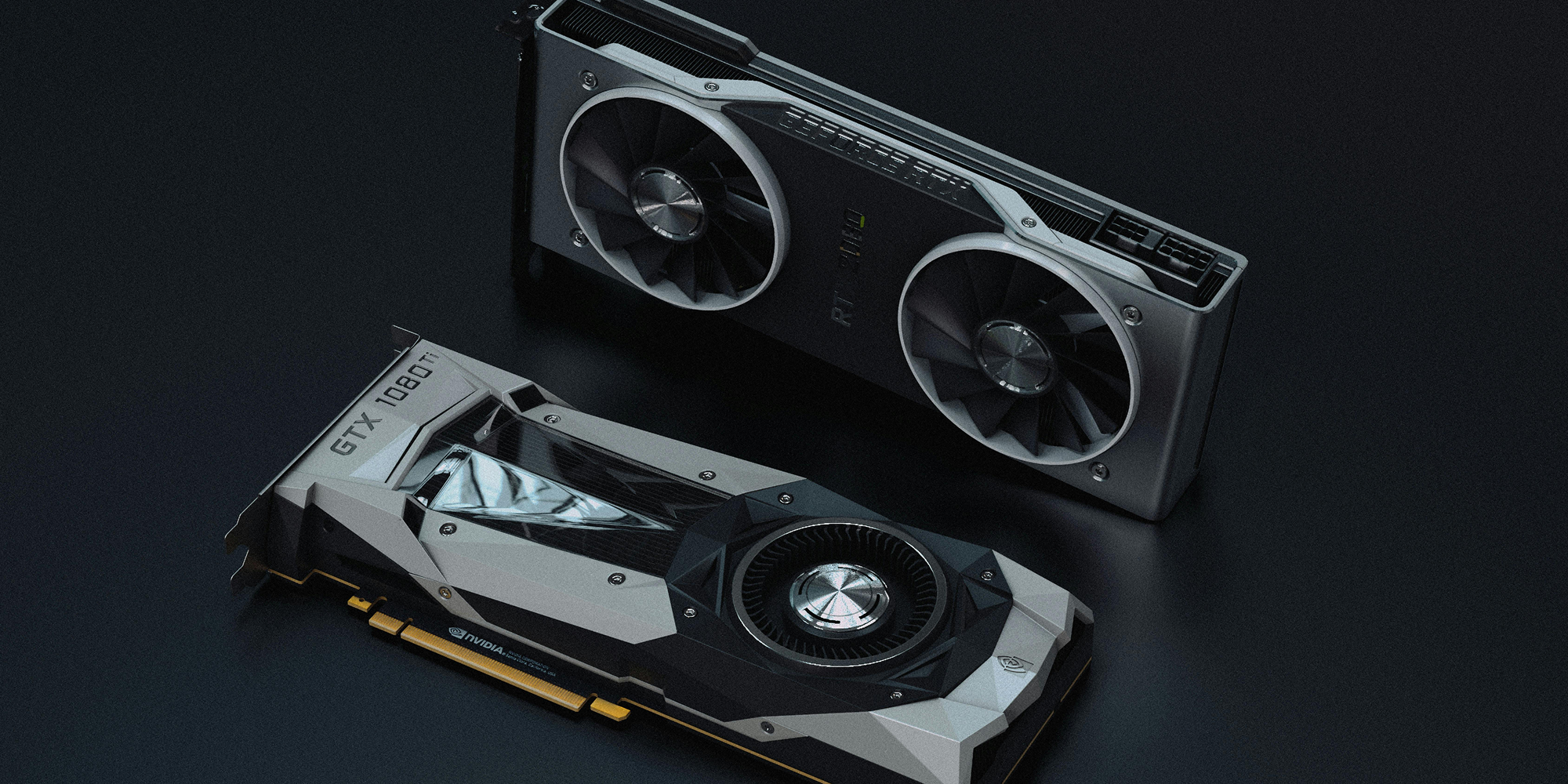| - | |
| - | |
| - | |
| - |
professional advisor

Why is NVIDIA’s Jetson Orin so dominant?
The NVIDIA Jetson Orin module series represents the cutting edge of edge AI computing, offering high-performance, power-efficient platforms tailored for robotics, autonomous machines, and industrial AI systems. The Orin lineup includes Jetson Orin Nano, Orin NX, and AGX Orin, scaling from 20 to 275 TOPS (trillions of operations per second). At the heart of these modules is the NVIDIA Ampere GPU architecture, integrated with Arm Cortex-A78AE CPUs, Deep Learning Accelerators (DLA), and high-bandwidth LPDDR5 memory. This unified architecture enables real-time inference, computer vision, and sensor fusion with support for CUDA, TensorRT, and the JetPack SDK, making Jetson Orin the go-to platform for AI developers.
Unlike competitors, Jetson provides a complete AI stack—from GPU-level acceleration to robotics frameworks like Isaac ROS—allowing rapid prototyping and deployment. This integration, along with scalability and energy efficiency, leaves Jetson Orin unmatched for edge AI.
In contrast, Qualcomm offers the Robotics RB5 and RB6 platforms, built on its Snapdragon SoCs. These chips include Kryo CPUs, Adreno GPUs, and a Hexagon DSP for AI acceleration. While they are more power-efficient than Jetson modules and feature native 5G support, they top out at around 70-100 TOPS and primarily support TensorFlow Lite. Qualcomm’s platforms shine in mobile robotics, drones, and consumer robotics where size, weight, and power are critical. However, their AI performance and developer ecosystem lag behind NVIDIA’s.
Intel’s edge solutions include x86-based CPUs (like the Atom x6000E and Core i-Series) often paired with Movidius Myriad X VPUs for AI inference. These systems leverage the OpenVINO toolkit for AI workloads and are particularly strong in industrial automation, where integration with legacy systems and Windows/Linux support are vital. However, their AI acceleration is often limited to specific use cases and lacks the GPU-driven flexibility of Jetson. Moreover, power consumption is typically higher, and real-time robotics support is less mature.
AMD’s edge offerings combine Ryzen Embedded processors with integrated Radeon GPUs or Xilinx FPGAs. The Ryzen Embedded V2000 series offers strong multi-core CPU performance and decent GPU throughput, while Xilinx FPGAs enable custom acceleration for AI, vision, and control applications. This combination offers flexibility and high determinism for industrial, aerospace, and defense use cases. However, AMD lacks a unified AI developer platform comparable to NVIDIA’s JetPack, requiring more effort to optimize and deploy models.
Google’s Coral platform features the Edge TPU, a purpose-built ASIC for running TensorFlow Lite models efficiently. With just 4 TOPS per chip, it is significantly less powerful than Jetson Orin but excels in ultra-low-power environments such as smart sensors, embedded vision modules, and IoT devices. The Coral platform is cost-effective and developer-friendly for lightweight AI tasks but unsuitable for complex robotics or real-time inferencing at scale.
In summary, while each competitor offers unique advantages in specific niches, the NVIDIA Jetson Orin series remains dominant due to its superior performance, versatile developer tools, and industry-focused support. It bridges the gap between data center-grade AI and deployable, real-time edge intelligence, setting the standard for what edge AI hardware should deliver.
professional advisor